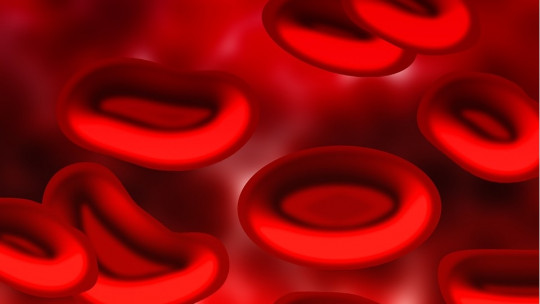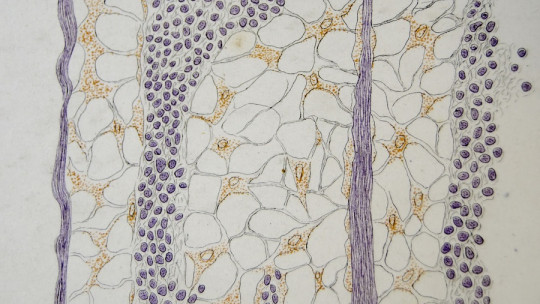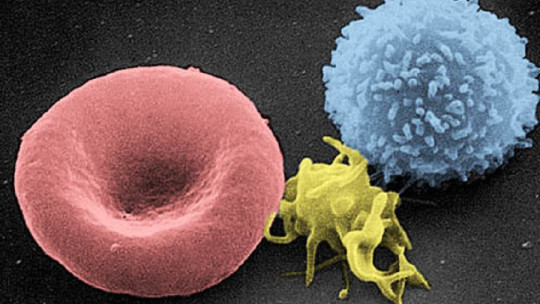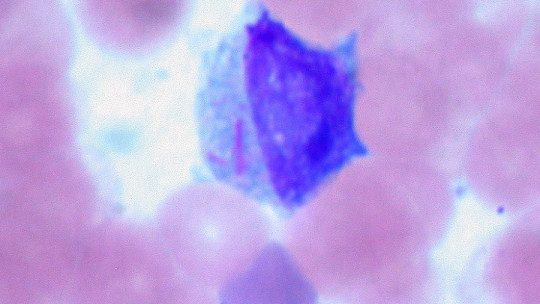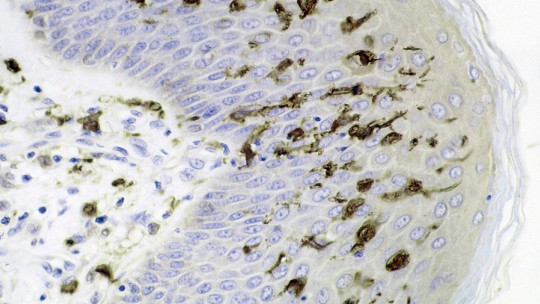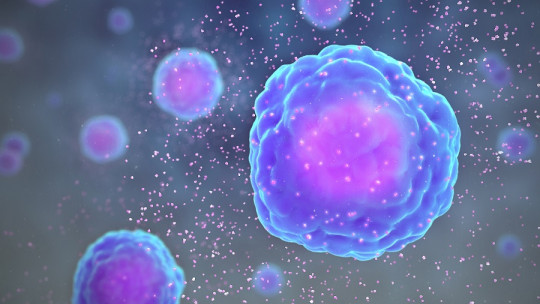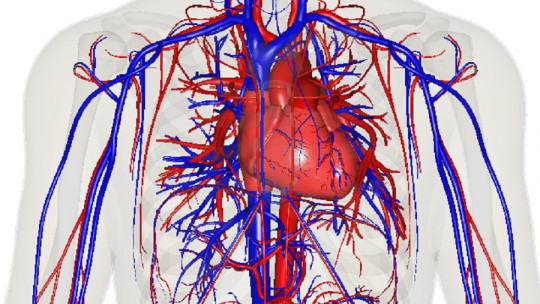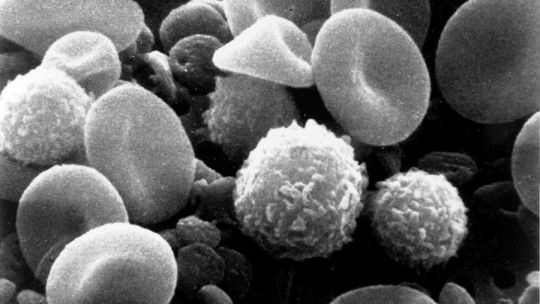
From a clinical point of view, knowing the different components of blood and their concentrations is of essential importance. From red blood cells, to leukocytes, platelets or hemoglobin, every substance transported in blood has an essential function for the body.
In addition to this, knowledge of leukocytes at an evolutionary level should not be disregarded. The immune system of living beings allows us to develop in space and time over the years, because if we did not have such effective defense methods against pathogens, our existence would be much shorter and more difficult.
For all these reasons, We find it of special interest to immerse ourselves in the world of leukocytes Inside our body we have a true legion of protectors, and today we tell you everything about each of them.
Leukocytes: life-protective cells
From a terminological point of view, a leukocyte or white blood cell is defined as a type of blood cell (blood cell) that is produced in the bone marrow and found in blood and lymph tissue These cell bodies form the human immune system along with many other barriers (such as the mucous membranes or the skin, for example), and as a whole, they seek the permanence of the individual over time for the maximum possible period.
Without further ado, and since we have a lot of fabric to cut, we present below the types of leukocytes and their characteristics.
1. Granulocytes
They are the most common type of white blood cell in the blood, representing 70-75% of this protective cellular conglomerate. Depending on the type of stain that allows its identification in the patient’s blood sample, we can differentiate various types of granulocytes.
1.1 Neutrophils

Within the group of granulocytes, neutrophils are the most common cells, since They represent 60-70% of leukocytes in humans As morphological characteristics, we can note that they measure 9 to 12 micrometers and that the granules of their cytoplasm are stained light purple with neutral dyes (hence their name).
They mature in the bone marrow and are stored there before being sent to the bloodstream, a process that lasts a total of 10 days. After this, they travel through the blood vessels and through small pores (diapedesis) they are able to enter tissues affected by pathogens. These agents remain in the blood for about 8-20 hours, but their half-life is increased by several magnitudes when they enter infected or inflamed tissues.
The neutrophils they kill 3 to 20 bacteria throughout their life Attracted to the toxic compounds synthesized by the pathogen, these white blood cells destroy the threat through phagocytosis and the release of hydrolytic enzymes. In addition to this, they also promote the local inflammatory process typical of an infection.
1.2 Basophils
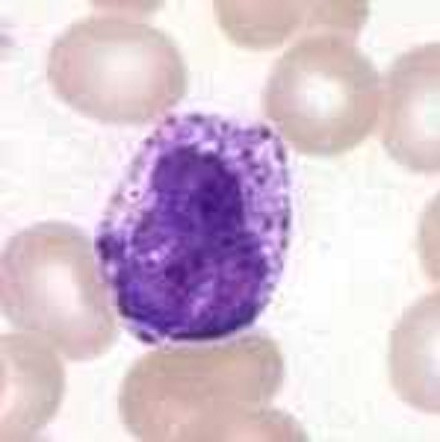
On the other side of the coin we have basophiles, since They are the least common white blood cells, since they represent 0.5-1% of the total They are also more “ethereal” than their previously described counterparts, since they mature in the bone marrow in a total of three days and remain in the blood for a few hours. They measure about 12-15 micrometers (they are the largest leukocytes), have a bilobed nucleus and are stained with basic dyes.
These agents have an active response at the immune level, as they have specific granules that release histamine, heparin, bradykinin, serotonin and other compounds that mediate inflammatory responses. They are an essential cell body in allergic responses.
1.3 Eosinophils
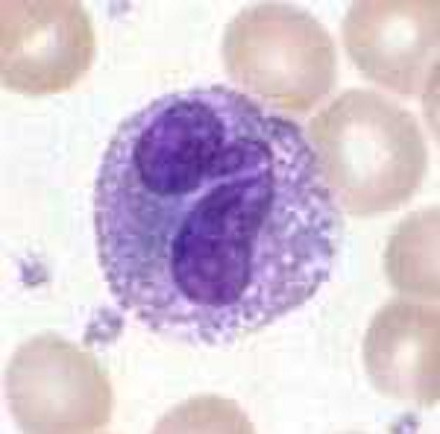
The last within the group of granulocytes, but no less important. Eosinophils occur in a proportion of 2-4% of all white blood cells. Their size is similar to that of a neutrophil, and they are stained orange using acid dyes (eosin).
Despite having a half-life in blood of 3 to 4 days, the highest concentration of eosinophils is found within tissues, since the existence of 100 tissue eosinophils for each circulating one has been confirmed. Their main function is the detection and phagocytosis of larvae and parasites, in addition to the modulation of the allergic response, since they prevent its exacerbation by synthesizing substances that counteract basophils.
2. Agranulocytes
On the other hand we have agranulocytes, which, as their name indicates, are cells lacking granules of a mononuclear nature We briefly mention the two types within this group.
2.1 Lymphocytes
Of course, no summary paragraph can do justice to the complexity and functionality of these cell bodies. lymphocytes They are more common in the lymphatic system than in blood plasma and they can be divided into two types according to their origin and functionality: B and T.
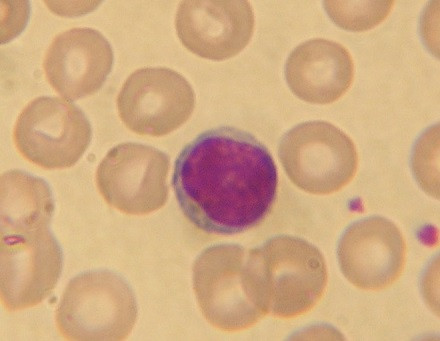
Although perhaps we are being reductionist, we can summarize the general function of lymphocytes in the following concept: B lymphocytes would be the “body recognition system”, since they unequivocally detect pathogens and immobilize them. On the other hand, T lymphocytes are the “labor force”, since their lytic activity neutralizes the pathogenicity of cells infected by microorganisms.
2.2 Monocytes
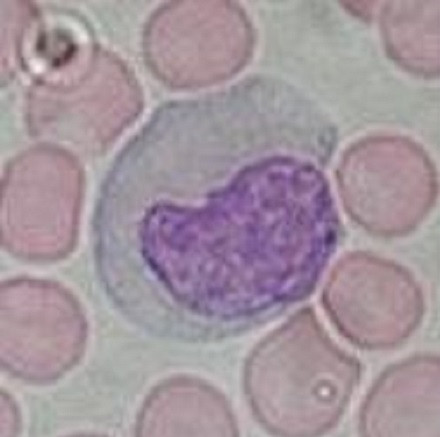
At the last stop of this trip we have monocytes, the largest leukocytes (18 micrometers) that represent 2-8% of the white blood cells in the blood Their formation process in the bone marrow takes two to three days, but they do not remain in the blood for more than 36 hours, as they quickly migrate to infected tissues.
Its function is basic: They phagocytize pathogens, that is, they literally eat them It is estimated that a monocyte can ingest up to 100 bacteria throughout its life, which is why they are considered the white blood cells with the greatest bactericidal capacity on the entire list.
Functions of white blood cells
Without realizing it, in the previous classification we have described all the essential functions of leukocytes. In any case, a general review never hurts. As we have already said in previous lines, white blood cells They are responsible for promoting inflammatory responses, phagocytosing pathogenic agents and recognizing and isolating them, among many other functions
All of this is part of both the innate and acquired immune response, an excellent defense mechanism that allows us to develop in an environment full of potentially harmful microorganisms.
Problems in defense barriers
What happens when these essential cells fail? The leukocyte formula is a type of medical analysis that allows us to measure the concentration of white blood cells in the blood, and depending on the imbalances observed, various pathologies can be recorded. Among them we find the following:
Notably We are not dealing with a disease in itself, but rather it is a sign of an underlying problem Sporadic events of neutrophilia, for example, are relatively normal, since in the face of an inflammatory process or infection, it is natural for these cells to proliferate to a greater extent.
Of course, abnormal leukocyte values They can respond to a series of very diverse pathologies: From infections to genetic diseases, including bone marrow disorders, cancer processes, surgeries and many other events, a sustained erroneous white blood cell count should set off alarm bells.
Summary
As we have seen, leukocytes come in various shapes, sizes and stains. In addition to this, each of them performs a unique and irreplaceable function as far as the immune system is concerned, since from inflammation to phagocytosis, these cellular agents fight tooth and nail against the pathogens that enter our body.
Of course, it is impressive to know that such an effective and refined defense system is capable of developing within our body. The key to evolution lies in improvement and is applied far beyond the immune system, and therefore, we will never cease to be amazed when describing and discovering processes like these.


